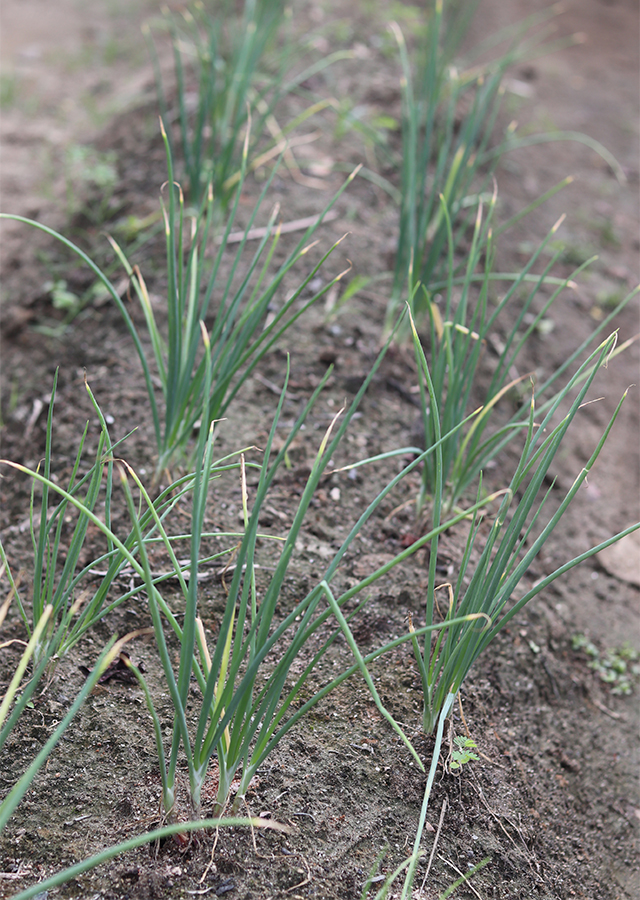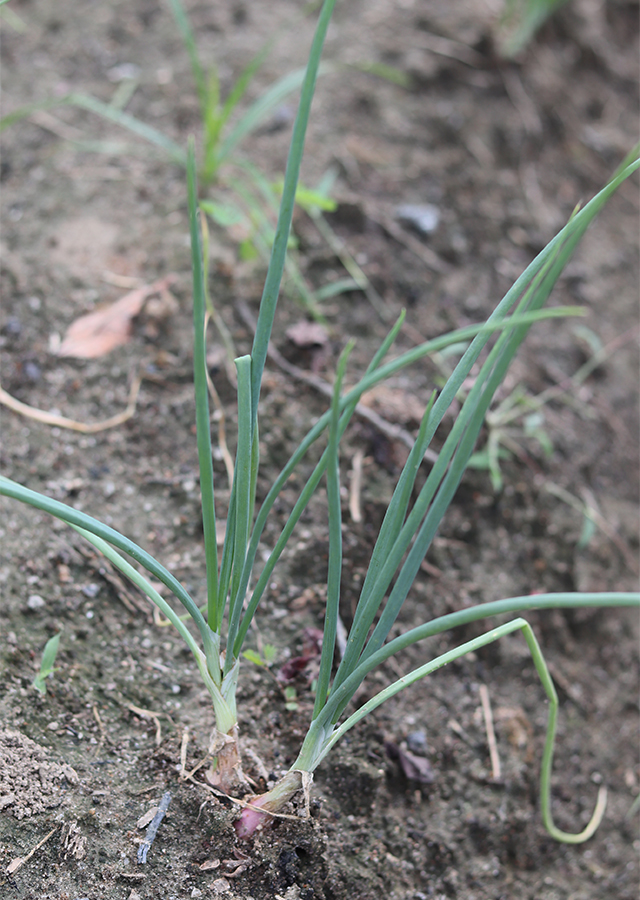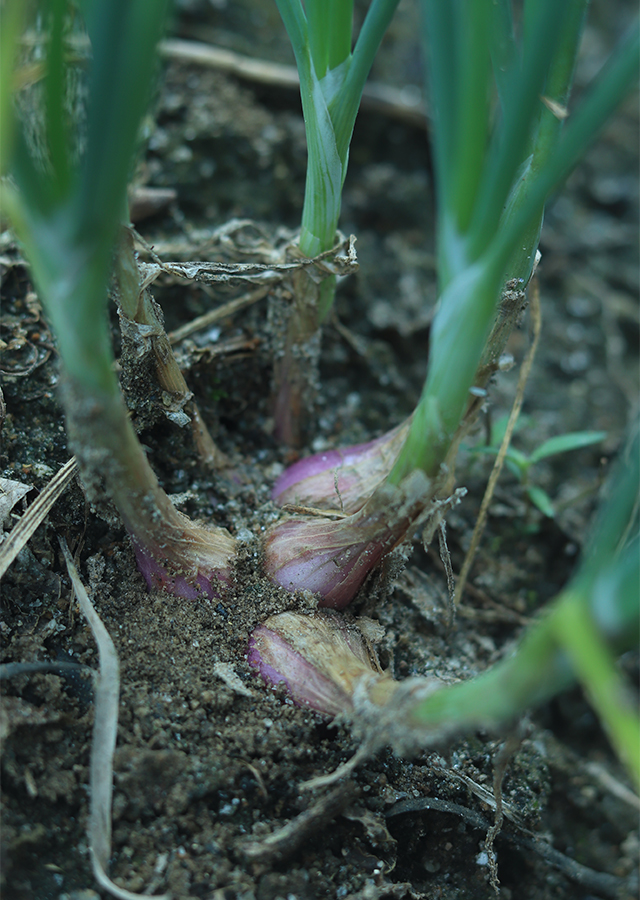Traditional Herbs from Allium ascalonicum
breast_cancer
- Peel and wash the shallots in running water until clean.
- Chew slowly.
- Consume every day.
ears_buzzing_or_insect_stings
- Prepare enough shallots and wash them thoroughly.
- Boil until it boils.
- Strain and take the boiled water.
- Drop on ringing ears\u00a0or rub on skin stung by insects.
What is Allium ascalonicum Looks like??



Parts of Allium ascalonicum that could be used
- Tuber
Allium ascalonicum Distribution
Shallots are thought to have originated from the Eastern Mediterranean countries to the Arabian Peninsula and have been cultivated since 5,000 years ago. In Indonesia, the largest shallot production centers are in Central Java, namely the Brebes, Tegal, Boyolali, Pemalang, Magelang, Rembang, Kebumen and Pati areas. This vegetable commodity plant is generally used in various countries as a cooking spice which tends to always be needed to complement daily cooking. Onion bulbs can also be consumed raw as pickles and the skin of the bulbs as a coloring agent. Apart from that, shallots also have health benefits as a traditional medicine. The compounds allin and allicin contained in red onions function as antimicrobials which are bactericidal.Agroecology of Allium ascalonicum
Shallots can grow both in the lowlands and highlands (0-900 m above sea level). This plant is susceptible to high rainfall, where rainfall suitable for growth is between 300-2,500 mm/year, and temperatures range between 25-32 °C, with relative air humidity between 80-90%. Likes areas with a dry climate with slightly hot temperatures and gets more than 12 hours of sunlight (lighting � 70%), and is open (does not require shade). The best type of soil is sandy loam or dusty loam with a soil pH of 5.5-6.5, fertile, loose, contains lots of organic matter, has good drainage and aeration.
Morphology of Allium ascalonicum
- Fibrous roots, white, shallow root system.
- Coated bulbs, purplish red, oval, strong aroma, cloves, smaller than onions.
- False stem and is a small part of the whole buds.
- Leaves are light green to dark green and when old the leaves turn yellow, cylindrical in shape, elongated and hollow like a pipe, pointed tip and subulate, grows upright, relatively soft, if squeezed it will smell specific.
- Compound flowers are in the form of clusters with stems of 50-200 flowers. At the end of the stem of the cluster there is a part that is shaped like a head and has a slightly pointed tip, and in the middle it is bulging, shaped like a pipe with a hole in it. oval, white or pale purple in color. The flower florets consist of six yellowish green stamens, and a pistil.
- The fruit is round with a blunt tip.
- The seeds are slightly shaped. flat, small in size. Young seeds are clear white and turn black when old.
Cultivation of Allium ascalonicum
- Generative (seed) and vegetative (tuber) propagation.
- Selection of good quality seeds (tubers) are medium sized, healthy (shiny color, not porous, skin is not injured, hard), the outer surface of the skin is smooth, has been stored 2-3 months after harvest.
- Planting distance 20 x 15 cm or 15 x 15 cm.
- Harvest time, usually 80-70 days after planting (after visible signs of 60% of stem necks are soft, plants fall, and leaves turn yellow).
Allium ascalonicum, more details :
Chemical Content of Allium ascalonicumAlkaloids, anthraquinones, cardiac glycosides, tannins, cyanogenetic glycosides, flavonoids (quercetin, isorhamnetin, quercetin 4'glucoside, quercetin 7-glucoside, quercetin 4'3-diglucoside, isorhamnetin 4'3-diglucoside), furostanol saponins (ascalonicoside A1 and A2 (1,2) and ascalonicoside B (4), allin, allicin, essential oils.
Benefits of Allium ascalonicum
Reduces fever, lowers blood sugar and cholesterol levels, prevents thickening and hardening of blood vessels and ulcers, worm medicine, treats diarrhea, low back pain, headaches, earaches (ringing in the ears), sore throat, coughs, nerve pain, colds, insect bites, helps cure breast cancer, is an aphrodisiac, antioxidant, antifungal.
Simplisia of Allium ascalonicum
Another Facts for Allium ascalonicum :
Synonym of Allium ascalonicumAllium carneum Willd., Cepa ascalonica (L.) Garsault, Porrum ascalonicum (L.) Rchb.
Habitus of Allium ascalonicum
Herb. Herbaceous annual, up to 60 cm high
Habitat of Allium ascalonicum
- Mainland
No comments:
Post a Comment